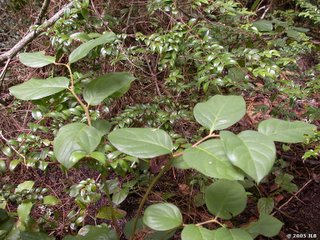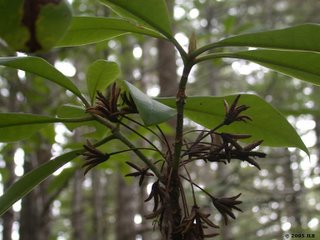Pacific Coast Rhododendrons in Bloom

The rhododendrons are in bloom in the Pacific Northwest, a soothing tonic for this rumpled lady. I’ve been ill, which has resulted in a few unintended benefits for us Arboreality.
The fenced vegetable garden on the south side of the house went untouched this month as I prepared for a trip which I was unable to take. While ill, I spent a lot of time looking out windows, a wonderful low-impact activity. That’s when I noticed a particular pair of birds which seemed to spend all of their time in the garden, at the exclusion of any other birds.
The result? My garden neglect was two junco birds’ paradise. In the quiet protection of the vegetable garden, nestled in the comfort of strawberries and thyme, a pair of juncos reared two chicks.
This afternoon I’m writing up my notes and photos to share for the Festival of the Trees 48, to be hosted by Casey Harn at the Wandering Owl Outside blog.
With three days left to submit, there’s still plenty of time to blog about trees and participate! Here are the details so you can join the fun:
Host: Wandering Owl Outside
Deadline: May 30
Email to: cjharn [at] gmail [dot] com — or use the contact form
Themes: The relationship between trees and game animals/birds, or any environmental benefits of trees
Important! Put “Festival of the Trees” in the subject line of your email
Also be sure to stop by Nature’s Whispers to enjoy the May Day Festival of the Trees 47 hosted generously by Jasmine.





















 Follow Jade Blackwater on Twitter
Follow Jade Blackwater on Twitter

